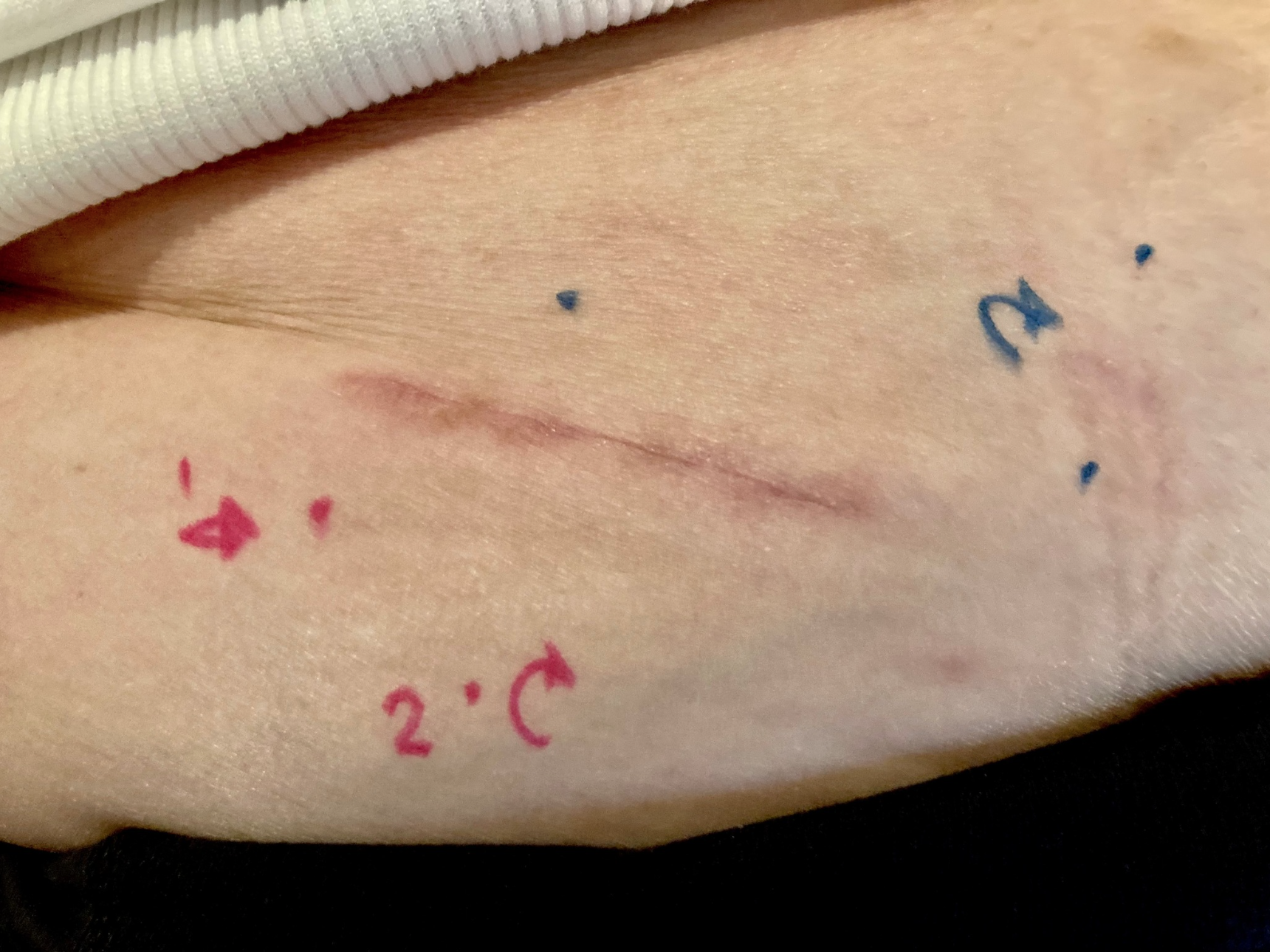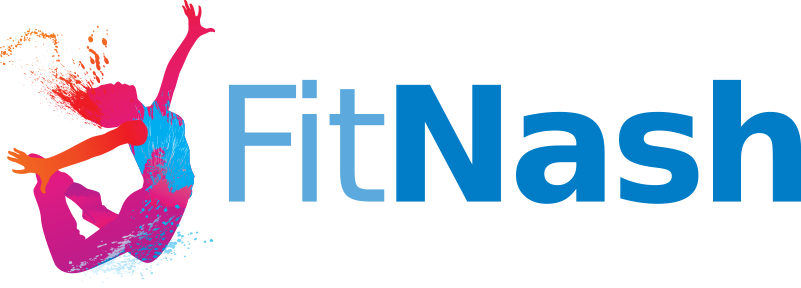A client presented in clinic with pain on their right hip (anatomically the lower portion of their abdomen) when carrying a heavy load in their arms.
Slightly unusual, but as with such things we checked for any hernias which may have occurred. Once this was cleared we tested some of the abdominal muscles, sure enough the internal oblique and transverse abdominius were dysfunctional, but by far the biggest problem was the external oblique. A gorgeous muscle – because of how it interdigitates with the serratus anterior – but it was completely off line.
Six weeks earlier they had had an autologous bone graft (taking bone from one part of the body and grafting to somewhere else in the same person) taken from their hip.
From the image you can see the scar is healing well enough, but the motor control dysfunction wasn’t being caused by the superficial scarring, instead by the periosteal scarring on the bone itself.
By normalising the dysfunctional areas on the surface of the bone, we were then able to get the abdominal muscles working properly.
There’s a little homework to do, but things should be well on there way to in a couple of days when lifting heavy loads should be pain free once more.

Client Image
When we work with broken, fractured, or surgically altered bones, it’s important to evaluate the periosteum as well as the externally visible and internal scarring affecting the localised neuro vascular bundles as well as the local and global structural components.
Experience the difference – A refreshingly different approach to pain and dysfunction, so you can breathe better, move better, to live better.
